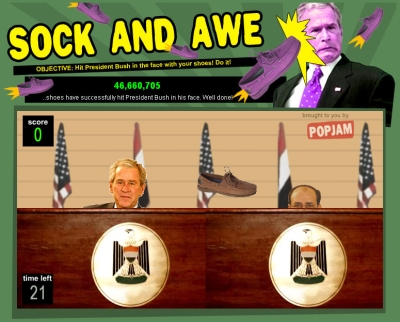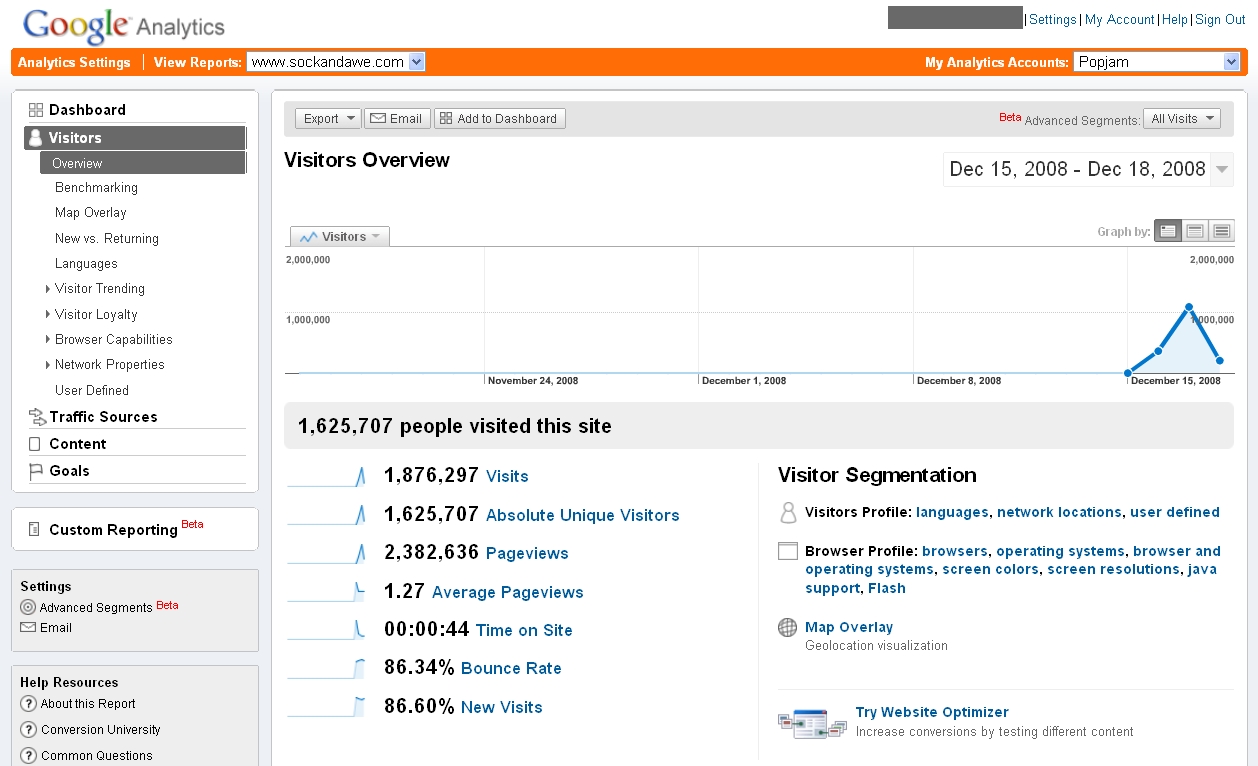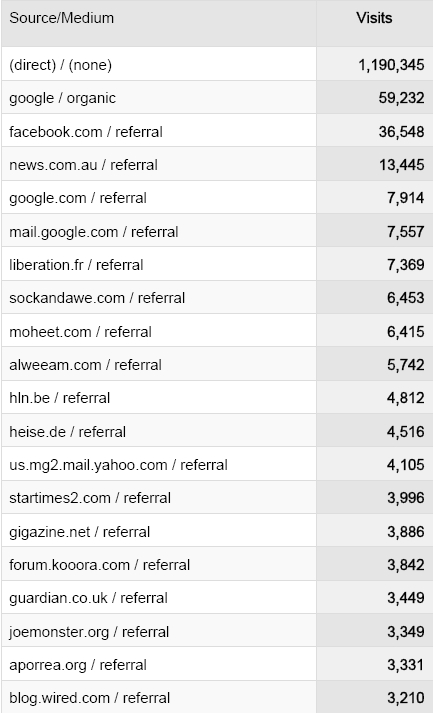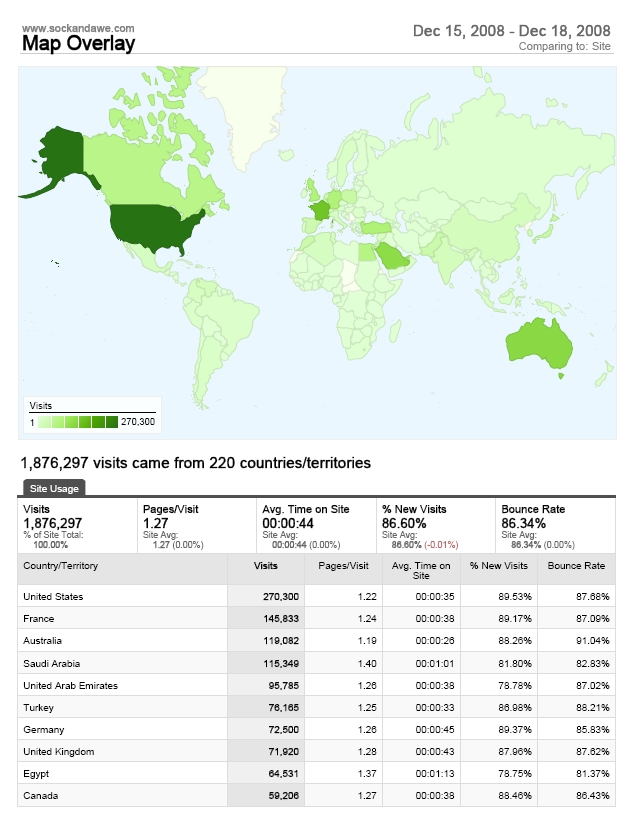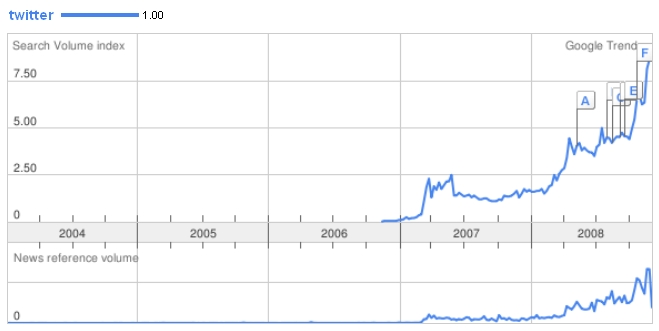So when I was learning to write English, back in the eighties, I used to mix up the symbols b and d. It’s an easy mistake to make – they’re mirror images and I had 24 other squiggles to learn.
Somebody (pretty sure it was my sister or possibly a teacher) helpfully pointed out that the word bed looks like a bed. This was a useful mental reference at the time and remained a curiosity, after the letter confusion ceased to be a problem. Since those early struggles, I have become a happy user of the handwritten English language and have been known to use it on shopping lists, correspondence and tax forms. Yay!
The word bed definitely looks like a classic bed – it has vertical posts at either side and the letter e is the centre.
Much later on I discovered the musician eYe. If you’re a fan of experimental noise music, you’ll know him as a member of cult Japanese band Boredoms. The cool thing about the word eYe is it looks like a pair of eyes with the capital letter Y representing the bridge of the nose. (Cheers to Paul for bringing it to my attention.)
I don’t know if the resemblence between eYe and a pair of eyes is deliberate. But we do know that Boredoms are not your average band, musically and when it comes to novel ideas.
The members of Boredoms are well accustomed to words which resemble their meaning. Japanese has a pictorial writing system called kanji. It also has two writing systems which are not pictorial, but kanji is our favourite today.
Examples of other writing systems which are pictorial:
Chinese
Egyptian hieroglyphics
road signs
washing symbols on garment labels
symbolic buttons on media players.
I tried to think of other examples of this, the bed phenomenon. Here are the next ones I thought of.
I
CD
poo
If the person speaking is a human rather than an animal, machine or deity then I is totally valid. It looks like a human standing up. I prefer a lower-case i because it has a little bobbly head. But you can’t write that in polite company because for some reason I’ve never understood, the personal pronoun must be upper-case. Unlike “me” which can be all lower-case. Where’s e e cummings when you need him?
CD stands for compact disc. But it also stands for a circular shiny thing in our new quest for pictorial English. Obviously the font we choose will have some effect on its resemblence to a physical CD. Can we handle the vertical line down the middle of our CD word? It could be the multi-colour rainbow shiny reflective line. Or it could be part of the “onbody” design as it’s known. I know the letter combination CD isn’t a word but it often behaves like one. It’s on the list.
Poo might cause a problem. It’s valid when it looks like three blobs, the first of which has a streaky line running off it. But not all poos look like that, as any reader of reasonable bathroom experience will know. Let’s add it to our provisional list anyway. Not all beds look like the classic bed, so no use being too strict.
By now I was having some mild fun with this. Which other English words look like their meaning? At first I assumed there would be other people demanding immediate answers to this vital question, as I was. I ran a few Google searches involving “bed”, “words which look like their meaning” and other variations. Not much relevant came up but the original fact about bed. It’s very difficult to do a web search for something if you don’t know what to call it.
Most words in English don’t look like their meaning but there are a few that do. I compiled some lists when I originally starting thinking of this.
As I said earlier, there might be some prior research in this area, but I’m not aware of it. And since I like thinking of names for things, often just for my own use, I gave this subset of English a name. If you combine English and a hieroglyph, surely you get Engglyph.
English + glyph = Engglyph
The word is unique in as much as currently there are zero results for the word Engglyph on Google. It looks foreign, which is nice.
Unfortunately the word Engglyph is not a valid Engglyph word itself. Unlike English, which is! Does English look like its meaning? I think it does. In a linguistic sense, what could be more English than the word English? So English is Engglyph.
I poo English CD. At the moment Engglyph vocabulary is looking a bit limited. But it’s not intended as a useful, complete language.
Here are some more. These are all Engglyph, without a doubt.
Four
sixish
eightish
Four has some letters of unequal shape which nonetheless are four in number. The word four in all lower-case looks different but is equally valid.
It’s a similar thing for the words above with the suffix “ish” – which has to include the precise number too. For example, if I offered you sixish apples then it could actually be six apples. Take it up with a Greek philosopher if you don’t like it. Where’s Plato when you need him?
The following are kind of smug faced ones.
word
noun
letters
These three all relate to written language. I don’t want to dwell on them because this is already getting too meta. We ain’t here for no recursive brainache, we want the pleasing elegance of Engglyph.
All Engglyph words must be nouns.
They have to physically resemble the thing. They can’t be adjectives because adjectives are merely properties of nouns. If you’re interested in words which describe themselves, look up autological words.
That’s a different exercise to Engglyph. Although still a worthwhile and rewarding pursuit. 🙂
Incidentally there are some words which are both Engglyph and autological such as word.
But let’s get back to more examples:
LINES
BOOBs
sA W
look
eels
zig zag
jUg
I am starting to cheat with some of these, by allowing dangly extra bits and streaky lines.
So zig zag has got some zig zags in the zs – but it also has a bunch of extra letters. BOOBs has three pairs of boobs. Just saying. It also has a letter s which disrupts it somewhat. I should say that look is the noun not the verb, as in “a startled look”. The letter o is an eye and the l and k are like sides of a head.
Two household things with handles are the sA W and the jUg. The handles are sA and the g respectively. The j is the spout. After some cheating with capitalisation and spacing, they just about make the list.
There may be Engglyph-style words for other non-pictorial languages (such as your French, Somali, Malay, Welsh or your German). I may get back to you on that.
